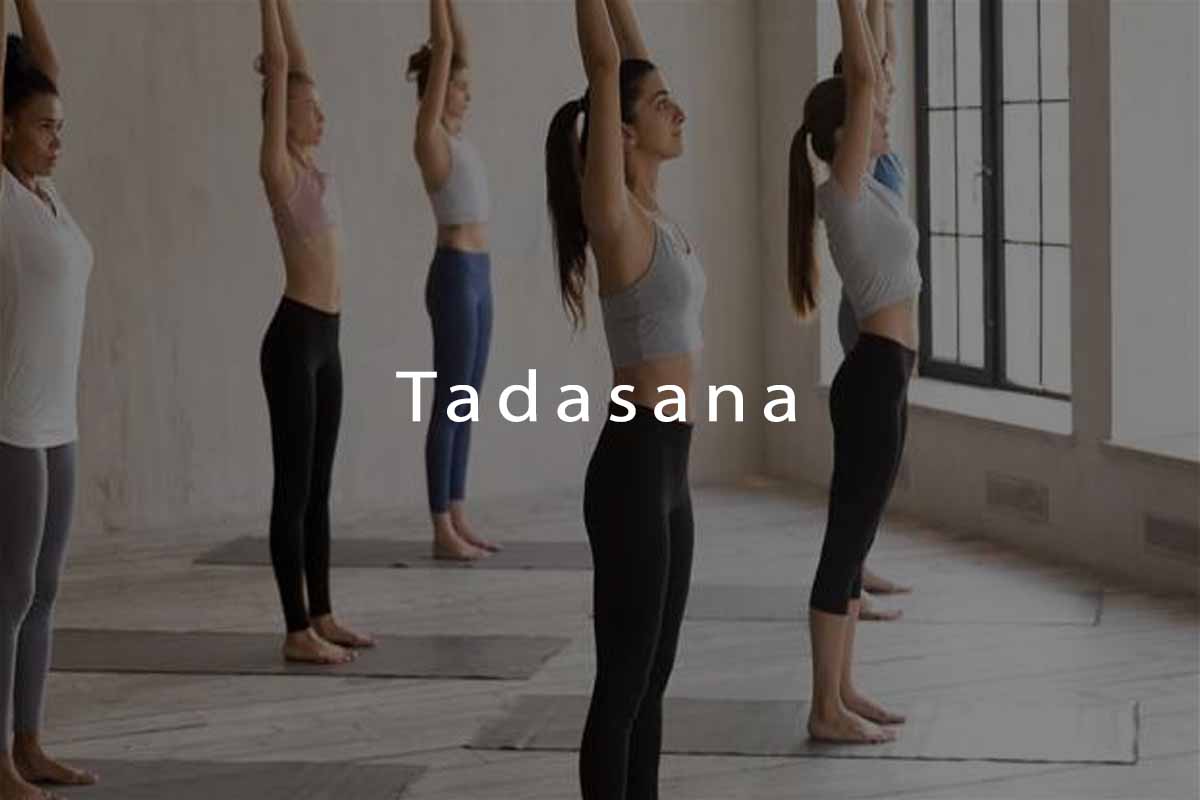Tadasana is one of the basic asanas which is performed in standing position. Performing this posture stretches the lower body, stimulating and strengthening muscles in the legs. The asana is suitable for beginners or persons who are unable to perform complex yoga postures. The asana is highly recommended for the professionals who have a sitting job, as it helps in correcting the alignment of the body and toning muscles of the feet, thus improving body posture.
Etymology of Tadasana
The term Tadasana comprises two Sanskrit words: “Tada” meaning Mountain and “Asana” Meaning posture. The posture of the practitioner performing this asana resembles a mountain-the body being raised high, steady and immovable.
Performing Tadasana
1. Stand comfortably with your heels apart and big toes joined and hands beside your waist.
2. Straighten your legs so that the muscle thigh becomes firm.
3. Raise your knees in such a manner so that the lower stomach region does not get stiff.
4. Lift the heels in such a manner so that the inner arch of the ankle gets straight. Assume that a wave of energy is passing through the ankles and moving towards the head. The whole weight must be shifted to the toes.
5. Move your thighs inward so that the upper thighs face each other. your tailbone must point downwards. Raise the pubis region to position it near the navel region.
6. look straight ahead.
7. Take a deep breath. Stretch your arms, chest and shoulders upwards.
8. Remain in this position for 15-30 seconds, while feeling the stretch.
9. Intermediate or advanced level practitioners can further stretch their body by moving their arms above their head while maintaining the above mentioned body posture, interlock their fingers and move the interlock hands outside to the front so that palms face the sky.
10. Another way to stretch your body is to stand in the posture mentioned above and hold your elbows with your hands behind the back. The right hand must be placed on the top of the left forehand. Hold your hands for a few seconds, then change the position of your hands.
11. To return to the previous position, breathe out and release the pose.
Precautions for beginners
1. Beginners may face difficulty in balancing their body with their upper thighs positioned inwards, at the beginning. to improve balancing, beginners may perform this asana by making a slight variation in the placing of the feet, i.e.- by maintaining 3-5 inches between the big toes. the distance between the feet can be reduced once the balance is improved.
2. People suffering from low blood pressure, headache and insomnia must avoid this asana.
Health benefits of performing Tadasana
1. Removes weakness of the back
2. helps in straightening rounded back.
3. Tones abdomen and hip muscles
4. Makes ankles, knees and thighs much stronger
5. Regulates nervous, respiratory and digestive systems
6. increases agility of the backbone.
